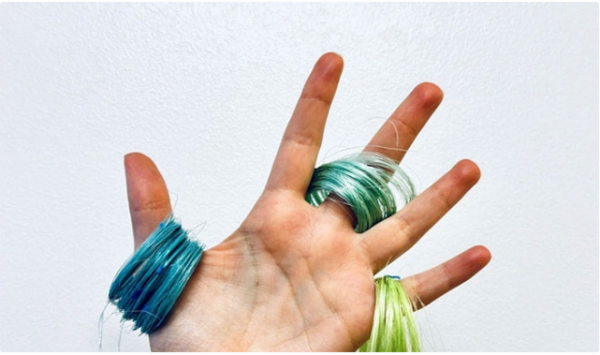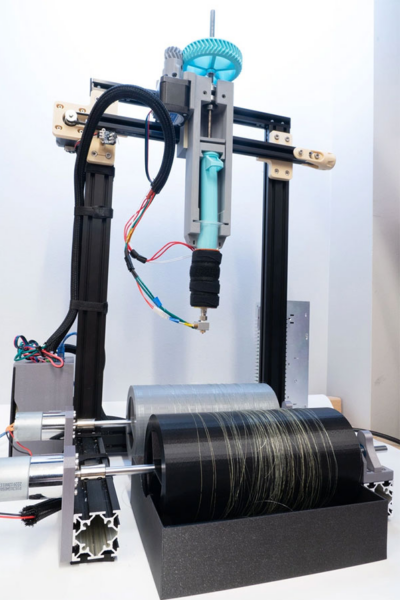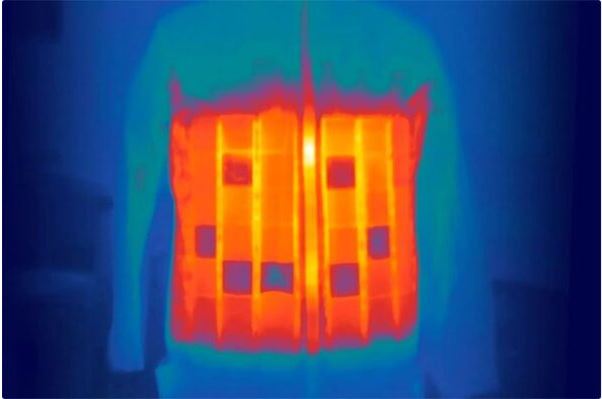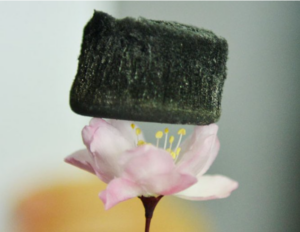When you no longer want to use these textiles, you can dissolve them and recycle the gelatin into fabric fibers.
Researchers and designers at the ATLAS Institute of the University of Colorado Boulder (USA) opened a new direction for future fashion, creating a textile that can be dissolved in hot water and recycled.

Biotextile fibers from gelatin with many different colors – (Photo: Utility Research Lab).
In a new study, the team has developed a DIY (do it yourself) machine that can spin textile fibers from materials such as sustainably sourced gelatin, according to Techxplore on June 17. .
The team started with gelatin – an elastic protein often found in the bones and nails of many animals, because every year meat producers often ship large amounts of substandard gelatin to cosmetics or food companies.
The team decided to turn this gelatin into a wearable material.
The group’s DIY machine uses a plastic pump to heat and squeeze out drops of liquid gelatin mixture. Then, 2 sets of rollers in the machine will stretch the gelatin into long and thin fibers.
The team’s “biotextile fibers” have a similar feel and feel to flax fibers and can dissolve in hot water for a few minutes to an hour.
“When you don’t want these fabrics anymore, you can dissolve them and recycle the gelatin into even more fabric fibers,” said study co-author Michael Rivera, who works at the ATLAS Institute.

The gelatin fiber weaving machine costs only 560 USD to make – (Photo: Utility Research Lab).
The research helps solve a growing problem of textile waste globally. According to the US Environmental Protection Agency, in 2018 alone, people in this country dumped more than 11 million tons of textiles in landfills, accounting for nearly 8% of the total amount of urban solid waste that year.
The research team also opens up new directions for the fashion industry. Their machine is small enough to fit on a table and only cost $560 to make. The team hopes the machine will help designers around the world experiment with creating their own biofibers.
Users can customize the durability and elasticity as well as the color of the fabric.
The study was published in the journal Proceedings of the CHI Conference on Human Factors in Computing Systems.
Smart textile trend
The research comes as fashionistas and others embrace the “smart textile” trend.
For example, the Levi’s Trucker Jacket model in collaboration with Google’s Jacquard platform looks like a denim jacket but has sensors to connect to smartphones. However, Ms. Rivera said this type of shirt cannot be recycled because it is difficult to separate the denim from the copper fibers and electronics in the shirt.
The team created small sensors from gelatin, cotton and conductive fibers, similar to Jacquard jackets. The team then soaked the fabric pieces in warm water and easily separated the conductive fibers for recycling.










